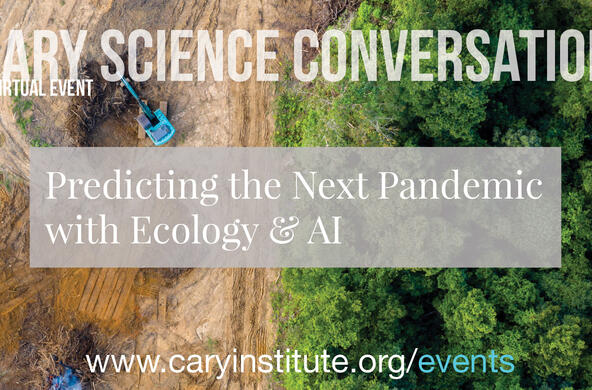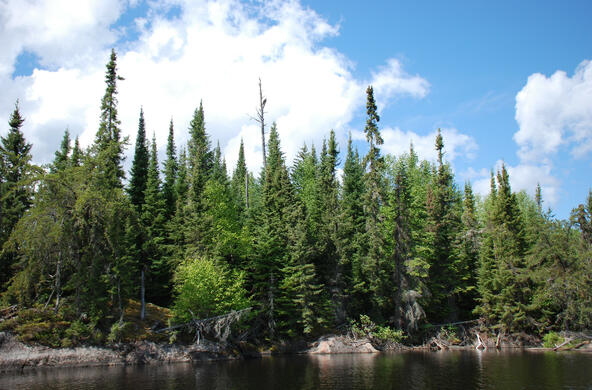Q: How much of a threat does heat pose for horses? Has anything been done to regulate use of horses in NYC?
A: There are fewer and fewer horses in the City, and limits are placed on the number of hours they can be taken outdoors. I think that above 90 degrees its illegal to use horses, but not sure if there are more nuanced regulations.
Q: The areas that have high vulnerability heat index are areas with high covid rates- and last year boroughs such as BK & Queens lost power during peak heat waves- what are these vulnerable communities supposed to do when they cant cool off? Also- the city cut back on summer youth programming - what do you think would be a safe activity for kids this summer?
A: Great point, without power A/C or electric fans are not an option. During blackout, (1) being hydrated and (2) placing wet cloths on one's neck and head can provide some relief.
A: While kids are generally not experiencing the adverse health outcomes that adults are, it is still critical to keep them safe ... there has not been the uptick in cases that many folks were expecting after the protests associated with George Floyd's murder. Thus, it seems that outside activities where social distancing is maintained may be a viable option.
A: The City will use hotels instead of congregate spaces for emergency shelter during prolonged outages and establish buses with proper PPE and social distance for emergency cooling during short outages: https://www1.nyc.gov/office-of-the-mayor/news/350-20/mayor-de-blasio-co…
Q: I'm a human factors researcher looking at infrastructure changes to reinforce social distancing and beneficial behaviours. Cities like Seattle and Portland are already widening lanes where possible. Given the impact of heat, New York's density, and the existing "opening of the streets", what initiatives would you like to see in place? What can only be done in other cities?
A: There is increasing discussion about the viability of "Superblocks"
Q: Is there a way to access these maps after the webinar? (Science teacher in hopes of using them)
A: The speaker presentation files are provided.
A: https://storymaps.arcgis.com/stories/a8f232ac363f499d88a64fb0f8b226a9
A: https://www.citytech.org/interactive-storymap-explore-how-city-tech-and…
Q: Why is there a decrease in tree canapy in the area of Central park?
A: Many trees in CP were lost in storms during the time period shown.
Q: What are the causes of tree loss in those areas? New development? Potentially from Hurricane Sandy (since a lot was on the Rockaways)?
A: I’m sure Emily can answer this further, but trees dies for many reasons. Some are simply old, others are dealing with disease, there is damage of street trees from box trucks that’s common, they are heat and pollution stressed, and storms especially with high rainfall and high winds cause trees to fall.
Q: One used to be able to ask NYC Parks Dept. to plant a tree in front of your building and it would happen. Do you know if this is still possible?
A: Yes — you can call 311 or go to the NYC parks website and submit a request.
Q: Can potted plants help decrease temperatures like a green roof does, even though it doesn't have all of the same benefits, like collecting stormwater?
A: plants can cool in an enclosed space, but you need a high density of plants. At a larger scale, I'm not sure that having plants indoors would make a signficant difference. One of the values of plants on roofs is that they cover the entrie roof (or much of it) reducing heat absorption as well as providing direct cooling. Good question to research further!
Q: I have been trying to convince my building in Washington Heights to convert our large, flat roof into a Green Roof. Are there statistics you can steer me to that could help bolster my argument, such as cooling the building, lowering temperarures in the neeighborhood, preventing storm run-off? Any great links/articles?
A: Check out greenroofsnyc.com a new site for advocating for green roofs and providing latest info we created in the last year.
A: https://www.tpl.org/benefits-green-infrastructure-heat-mitigation-and-e…
Q: How will vulnerable communities deal with the heat this summer if public libraries and other free cooling centers don't open up soon? There isn't a concrete plan to keep vulnerable people safe.
A: https://www1.nyc.gov/office-of-the-mayor/news/350-20/mayor-de-blasio-co…
A: https://www1.nyc.gov/office-of-the-mayor/news/433-20/get-cool-nyc-mayor…
Q: Where can I find that HVI map that everyone was using?
A: https://nycdohmh-oepr.carto.com/builder/6cb164fd-e788-4f2f-9689-abd8120…
A: http://a816-dohbesp.nyc.gov/IndicatorPublic/VisualizationData.aspx?id=2…
Q: Where can we find the survey that presenter Timon McPhearson mentioned?
A: You can take the survey here: http://urbansystemslab.com/urban-parks-survey
Q: Can you repeat or type the name of the author on redlining and heat?
A: There are a couple studies including by Vivek Shandas, but also Dexter Locke’s work
Christian Braneon, scientist and urban climate expert at NASA’s Goddard Institute for Space Studies
Emily Nobel Maxwell, Director of The Nature Conservancy’s Cities Program in New York
Timon McPhearson, Director of The New School’s Urban Systems Lab





